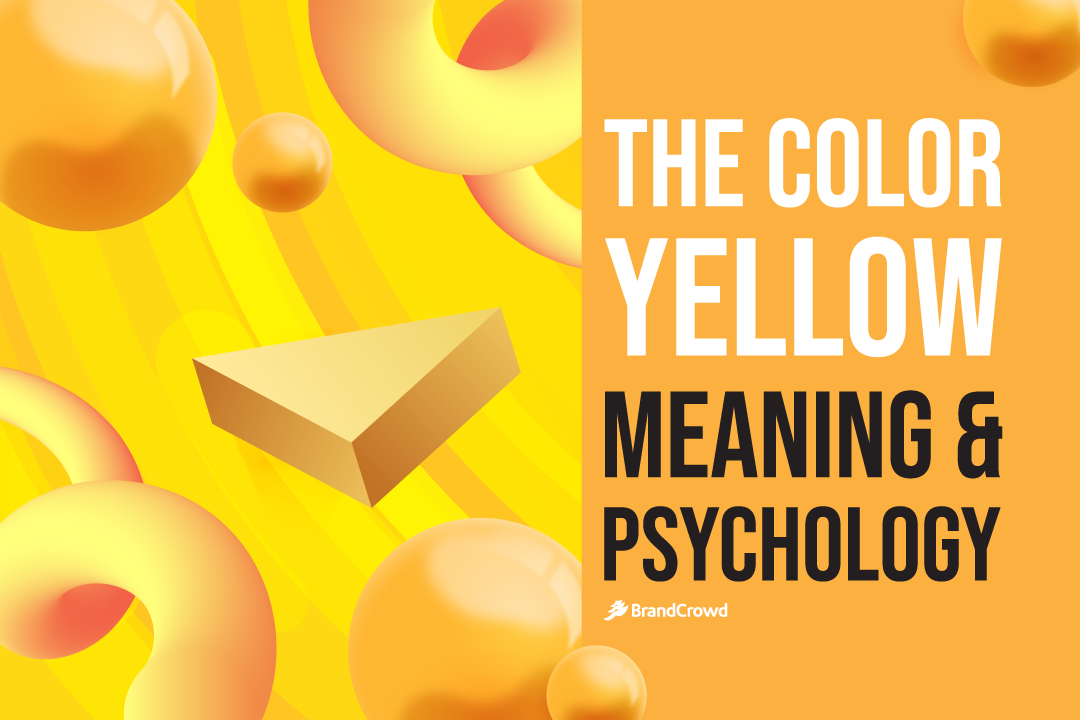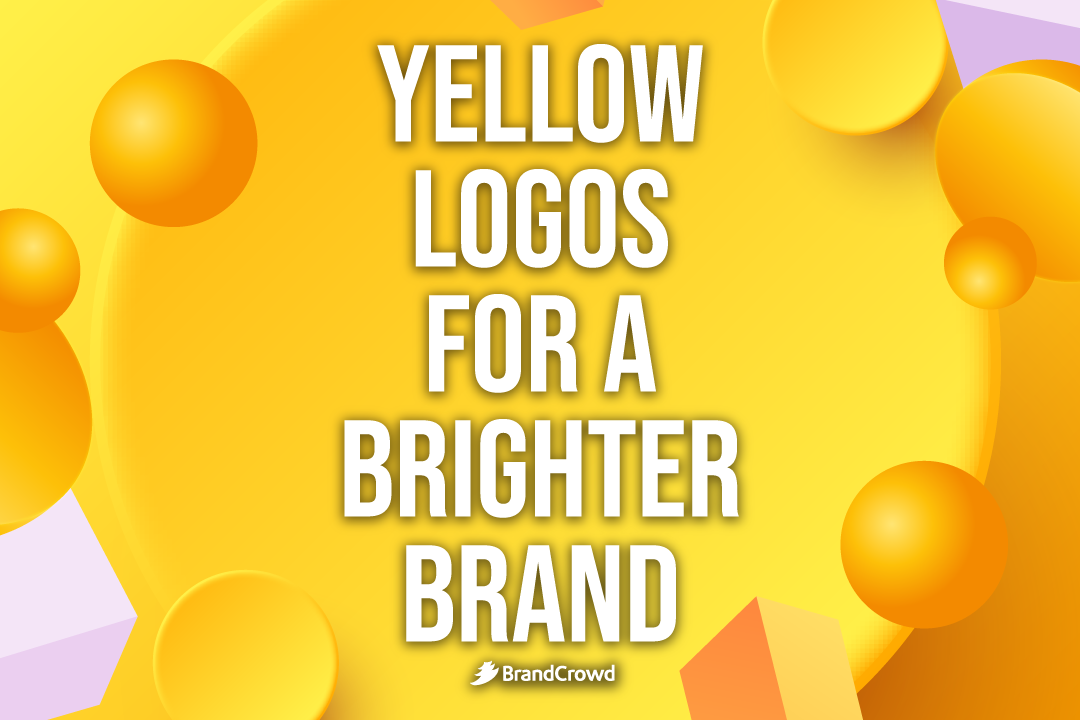The Color Yellow | Meaning & Psychology
Today, we’re taking a deep dive into the color yellow as part of our color series. It’s the third color on the rainbow and exudes energetic vibes that are incredibly refreshing.
Share your optimism with the world through this color. Learn how to use it properly and find the perfect logo design for your yellow hue.
Yellow As A Color
When you look at yellow, color psychology says it means happiness, high energy, optimism, spontaneity, and sunshine. But other times, yellow can also have a negative connotation, like cowardice.
The meaning above is seen especially in Reinassance paintings where Judas Iscariot dawns yellow garments. But aside from this, yellow is still an effective tool for your marketing scheme.
Like blue and red, yellow is one of the oldest colors known to the human eye. The first yellow pigment is from yellow ochre, a type of clay mixed with iron oxide—like red ochre used in cave paintings.
Art historians found hints of yellow in Lascaux Cave Paintings around 15,000 to 17,000 years old. But through the years, other tints and shades of this bright hue came to light.
- Orpiment: This pigment is yellow with a golden glow. Orpiment emerged in 3100BCE, and Hippocrates, the father of medicine, used orpiment as a treatment for ulcers. You can find this element in hot springs, volcano fumaroles, and the decomposition of Realgar.
- Naples Yellow I & II: Although the name’s history is unknown, this muted, earthy pigment existed between 1,600 BCE to 350AD. Ancient Egyptian glass, paintings, and Persian ceramics have this color in some of their pieces and later fade from use. Later, it was rediscovered in the 17th century and seen in European oil paintings and antiquity. Lastly, a prominent painter who used Naples Yellow in his art is Sammlung Schack.
- Gamboge: Another organic pigment, gamboge, is found in the natural resins of trees from Myanmar, Thailand, and India. In 750 AD, gamboge was found. An interesting fact about this color is that it fades under light and regains its yellowish hue in the dark.
- Lead-Tin Yellow: If you fuse lead, tin, and quartz at 800 celsius, you have a yellow, lemony tint. First used in the 1300s, but later, Richard Jacobi rediscovered it and made a synthetic version in 1941 in Munich. This yellow often has two types. Type I is found in paintings, while Type II is different in the mixture—it has less tin and added silicon.
- Indian Yellow: When you prepare the urine of cows only fed with mango leaves, you get Indian Yellow. It was first found in 1450 and had the characteristics of a luminescent orange-yellow that seemed like the sun. Indian Yellow is also lightfast, which means it’s less susceptible to discoloration than its predecessor, Lead-Tin Yellow.
- Raw Sienna: Raw sienna came from mixing yellow ochre with hints of manganese oxides. Without the latter, it’s hard to differentiate ordinary yellow ochre from Sienna. While extracting materials from a quarry in Siena, Italy, they found this material and later used it in oil paintings in the middle of the 18th century.
- Chrome Yellow: Three years before the end of the 18th century (1797), Louis Vauquelin, a French chemist, found chrome pigments. By 1803, European paintings had this hue as a staple to add to their pieces. Van Gogh’s Sunflower and Seurat’s A Sunday on La Grande Jatte are some famous pieces with Chrome Yellow pigments. Sadly, it wasn’t that stable and lightfast and faded from use.
- Bismuth Vanadate Yellow: When you mix bismuth and vanadium in a salt form, you get this type of yellow. Bismuth Vanadate Yellow is one of the strongest yellows, being stable, weather-resistant, and non-toxic compared to chrome yellow, cadmium yellow, and lead-tin yellow. This replacement for non-toxic yellows has a solid bright pigment to it. That’s its function, a substitute for toxic yellow dyes.
- Cadmium Yellow: As the above implies, Cadmium Yellow is one of the most toxic types of yellow pigment. It’s stable and used in various paintings from 1818 until today. Despite its toxicity, it’s lightfast, which is why it’s a top choice for painting.
- Zinc Yellow: Another toxic yellow pigment, zinc yellow, was synthesized in 1825 and became a later staple for dyes. It’s also found in Seurat’s A Sunday on La Grande Jatte.
- Lemon Yellow: This yellow is under the chromate category and was first discovered in 1830 and popularized in 1850. It’s also toxic but gives you a light yellow that can turn grayish-green depending on the time since the chromate dissipates. You’d see this pigment in mortars, limewash, and even plasters.
- Cobalt Yellow: This pigment is one of the more expensive pigments of yellow during its invention in 1831 by N.W. Fischer. The hype later died down because of the reason earlier and was rediscovered in 1851 by Saint-Evre. Lastly, cobalt yellow is excellent with watercolors, but its quality declines with oil paintings.
- Arylide Yellow: Lastly and most recent yellow were found in 1909. It’s also known as Hansa Yellow. Arylide yellow’s discovery is thanks to Hermann Wagner from Germany. As a painting, this yellow replaced cadmium yellow in 1950 and is still used because of its organic and non-toxic properties and its lightfastness.
Other tints and shades of yellow are
- Amber
- Cornsilk
- Golden Yellow
- Pastel Yellow
- and Peridot.
When To Use Yellow?
Fascinated by the origin of yellow? Well, let’s incorporate it into your brand identity for that strong optimistic look.
As you’ve read in some of the descriptions above, the use of yellow in paintings was to highlight a certain person or enhance and give life to the piece. In graphic design, you can use yellow as an accent.
Yellow is too stimulating for the eyes too much so if you use it by itself, your design may have a tendency to look too overpowering. For the sake of your brand, make sure to pair yellow with complementary colors that are warm and soft.
You can check the color wheel for a better frame of which colors work with each other. Some complementary colors that go well with yellow are blue, purple, and orange.
You can have yellow as a gradient to pair with your typography and icon design. Another suggestion is earthy tones like a fall color palette go well with yellow.
As long as you use yellow sparingly in your brand’s design, you’re good to go. To help you further decide which tint or shade you can pair with other colors.
Check out the hex codes to ease your design process.
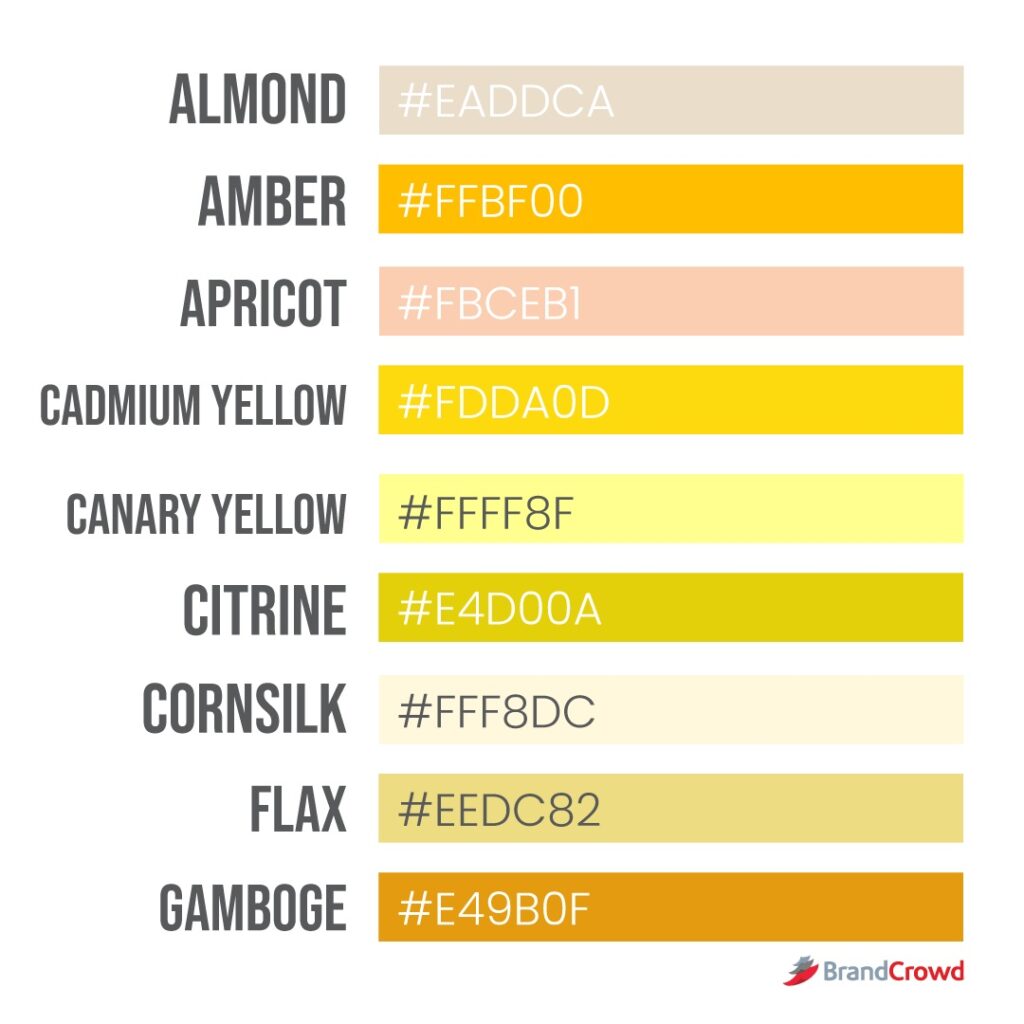
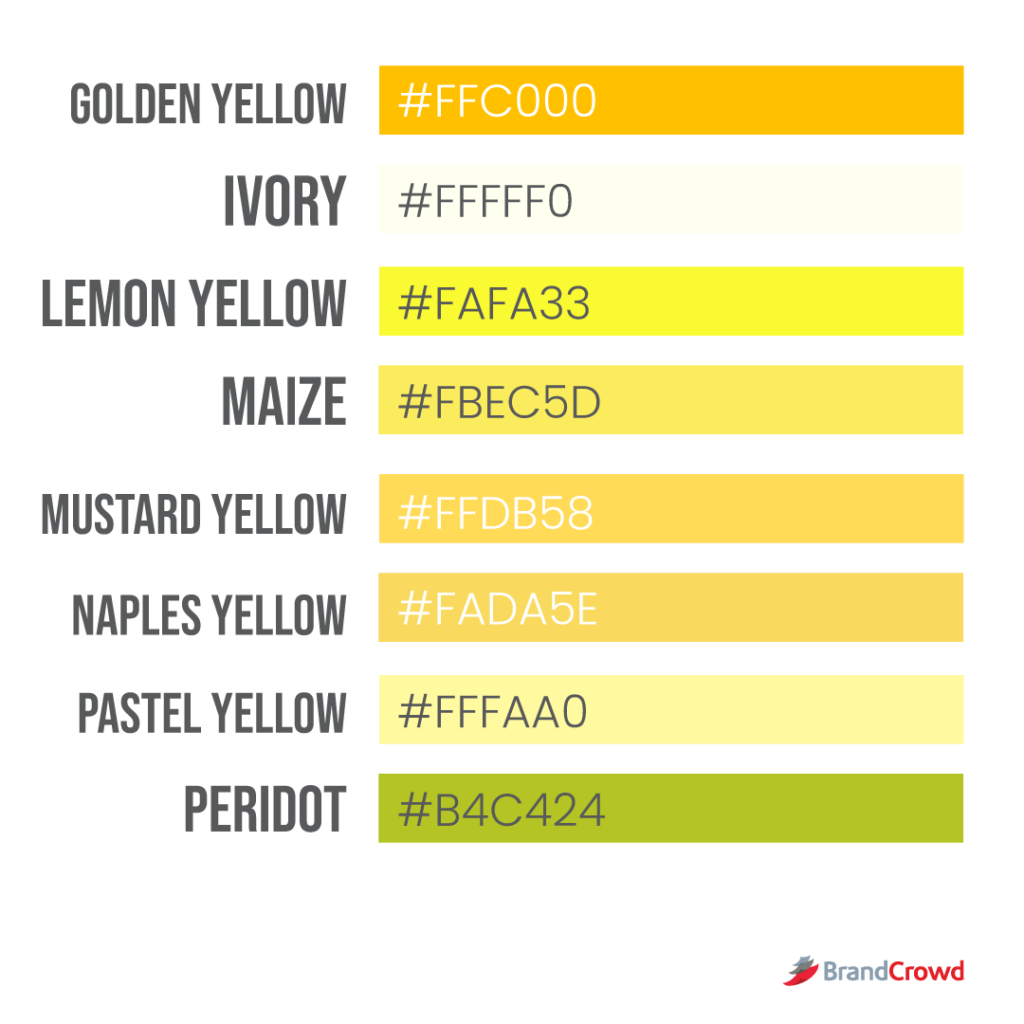
Energetic Yellow Logos
Now that we’ve got you covered with the origins, meaning, and how to use the color yellow in your brand identity; let’s get into your yellow logo design.
Whether it’s your business name, initial, or just overall design, sometimes it’s frustrating to think of a new concept. Or maybe you have no time to coordinate with a freelance designer.
These logo templates are here to help you get your creative juices flowing and help you bring your logo ideas to life. We have five categories arranged just for you.
- Famous Yellow Logos
- Yellow and Black Logos
- Yellow and Blue Logos
- Yellow and Green Logos
- Yellow and Red Logos
Famous Yellow Logos
First, we have the big brands and their logo designs. Learn from their design, and don’t forget to look at their website and social media pages.
There are only a few since, like we said earlier, yellow is quite eye-straining, but when done right is an effective bringer of joy. And often times, yellow in these famous brands is used sparingly in their website design, Instagram posts, business cards, and more.
Get to know the famous logos below.

Bumble
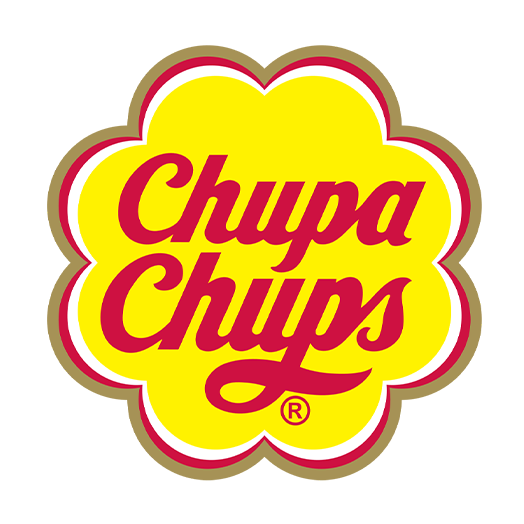
Chupa Chups

DHL
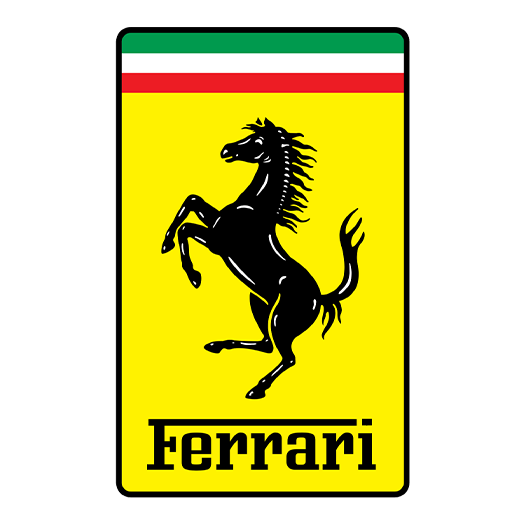
Ferrari
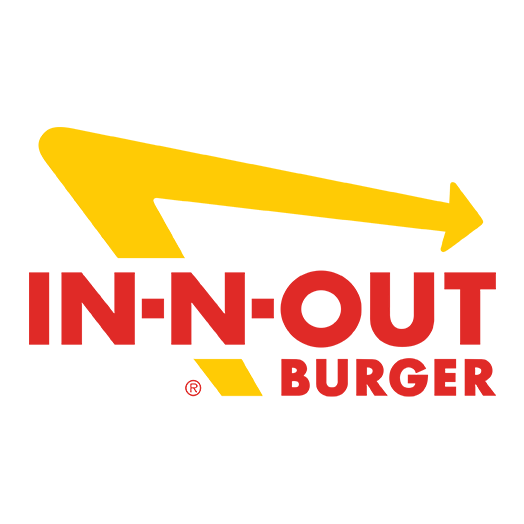
In N’ Out
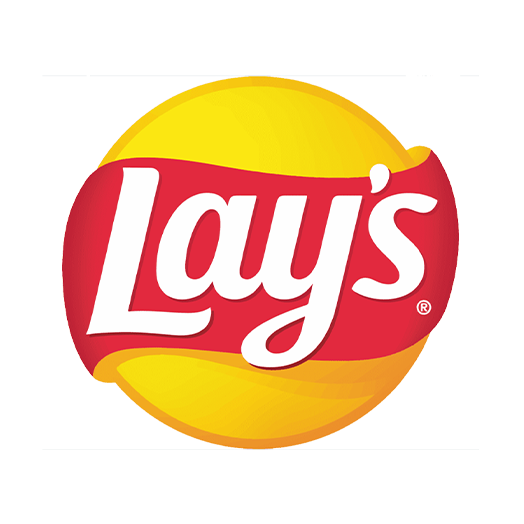
Lays
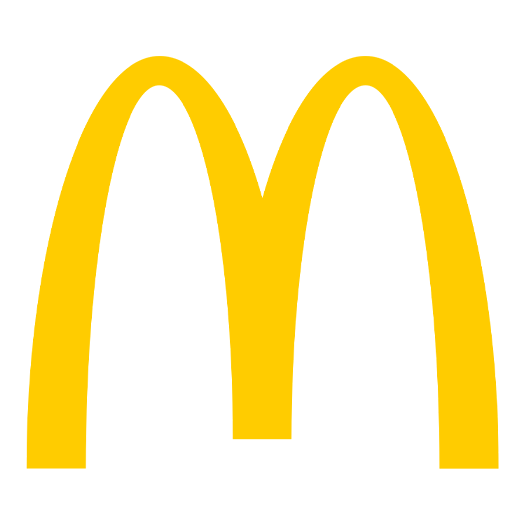
Mcdonalds

National Geographic
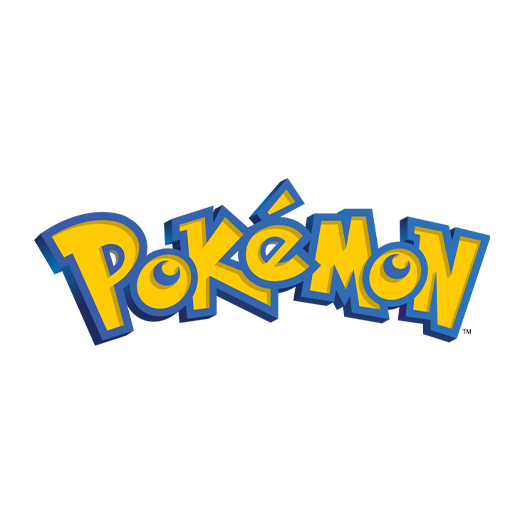
Pokemon
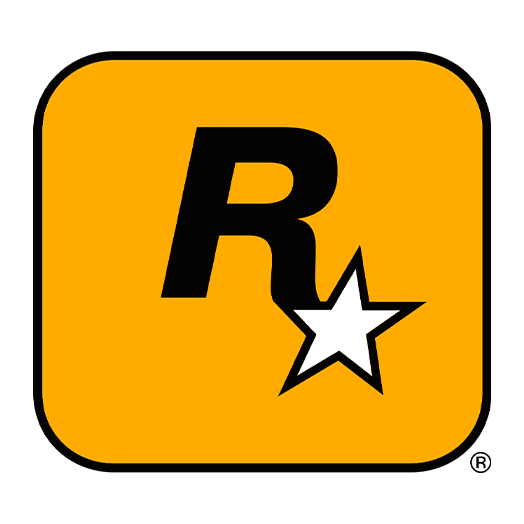
Rockstar Games
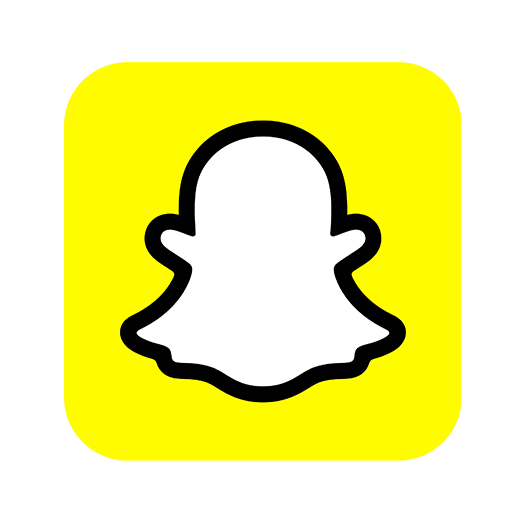
Snapchat

Stanley

Subway
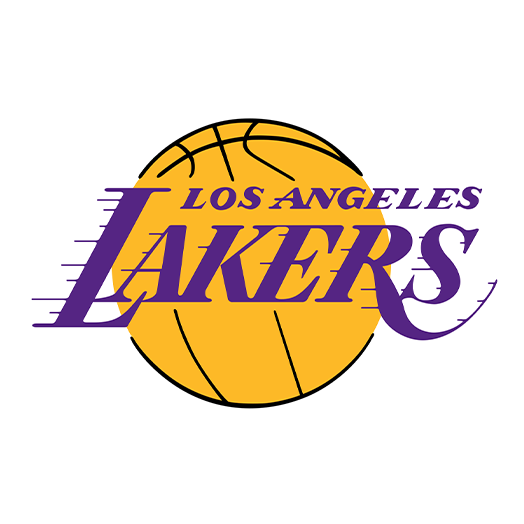
The LA Lakers

UPS
Yellow and Black Logos
Black logos convey power and authority. They’re professional and a powerhouse when it comes to design.
Pair that with yellow, and you’ll have a professional yet optimistic look for your brand. Bring your black logo idea to life with yellow accents.
Find the perfect yellow and black logo design below.
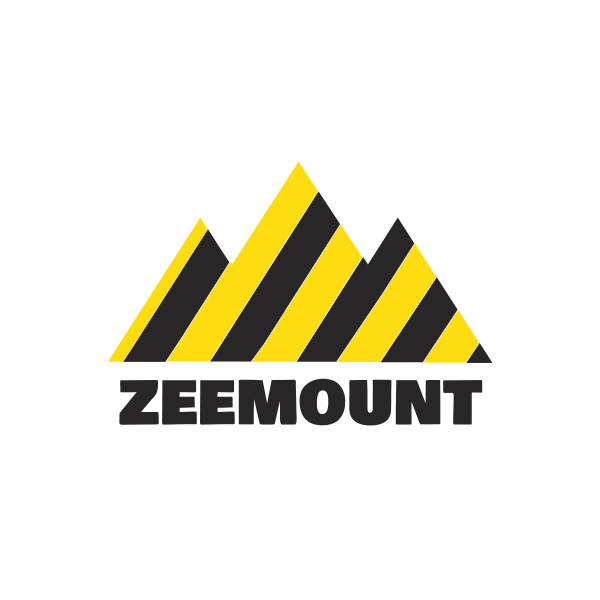
Black & Yellow Mountain Stripe by jjeahh
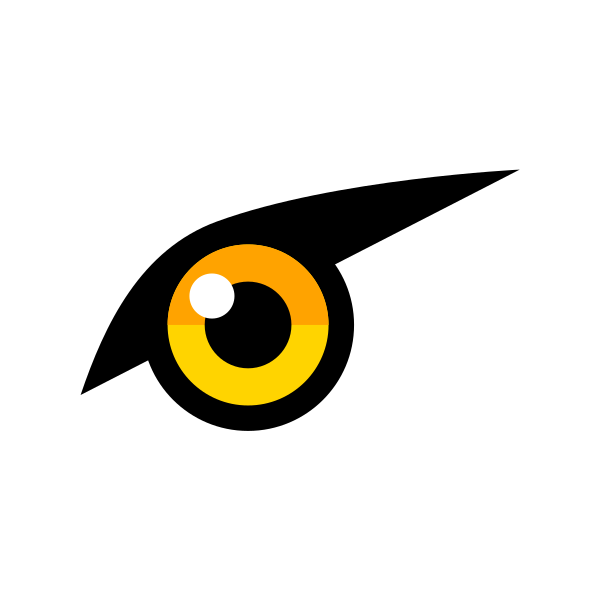
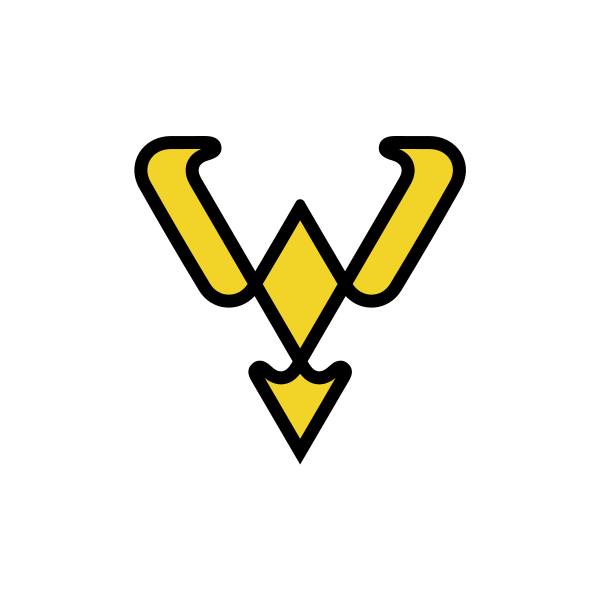
Yellow Collar Y Outline by podvoodoo13
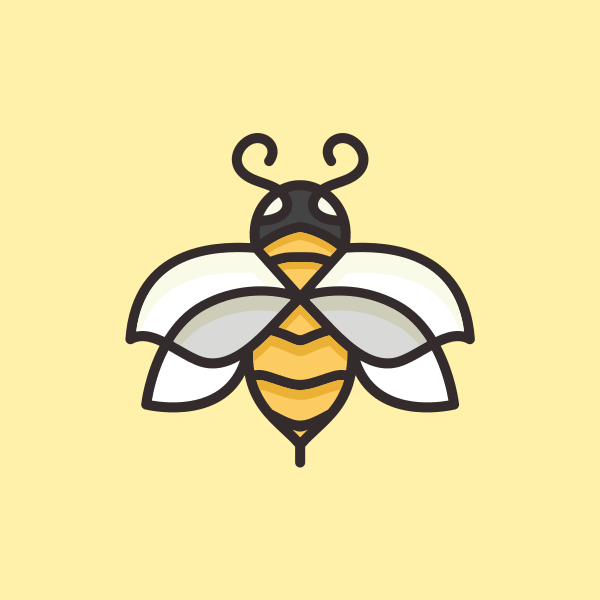
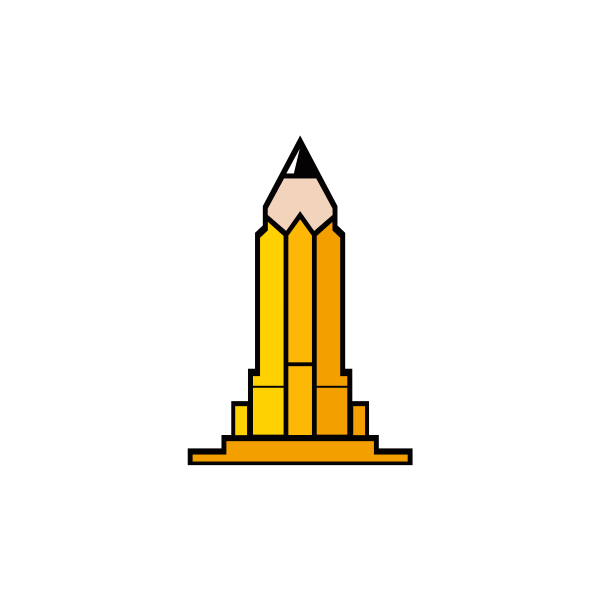
Yellow Pencil Tower by podvoodoo13
Yellow and Blue Logos
From Van Gogh’s Starry night to Best Buy’s website, blue and yellow are meant to be together. When used right a blue logo design can make you stand out from the crowd.
If your business is in the business of technology, gaming, or plumbing, blue with a yellow accent is the way to go. The best-fit yellow and blue logo template is waiting for you below.


Yellow Diamond Building by royallogo
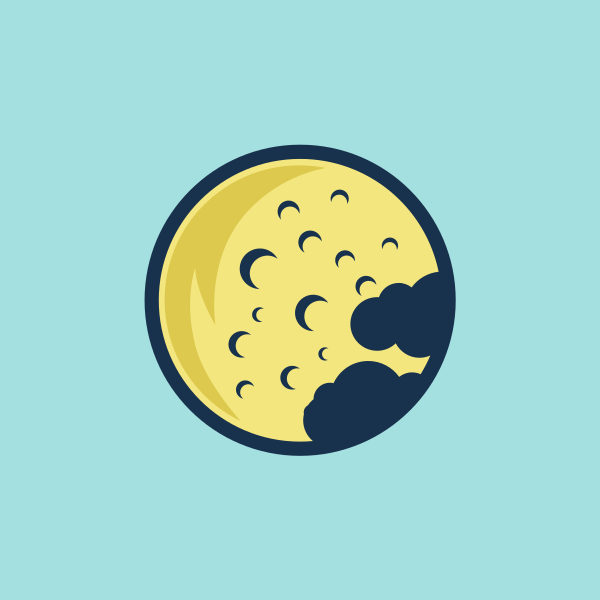
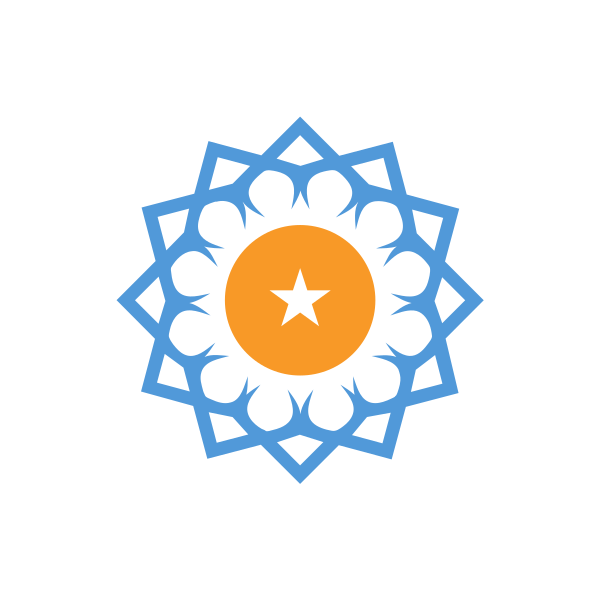
Blue Star Flower by AlinDesign

Blue Yellow Bird Parrot by rbalica
Yellow and Green Logos
If you want more nature logo ideas, the templates here are for you. Green and yellow show how vibrant our planet could be despite the looming threat of climate change.
Yellow gives your green logo an optimistic feel for the future of our planet. You can your green logo idea on merchandise design, flyer design, and more to raise awareness as well.
Encourage your market with the templates below.

Abstract Green Yellow House by town
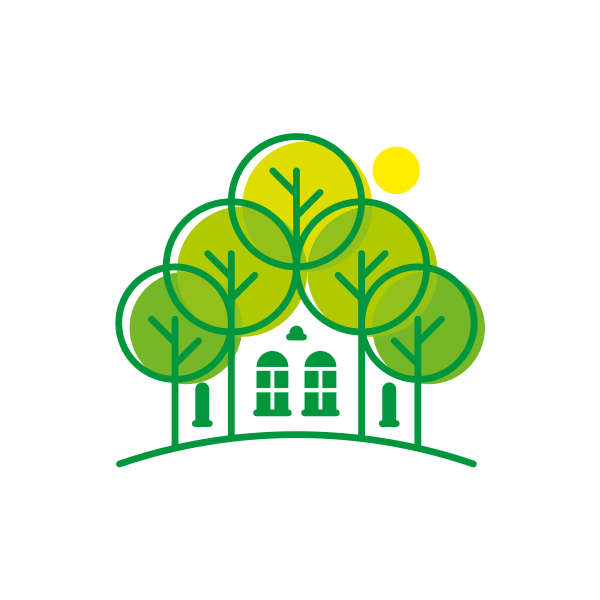
Green Forest House by radkedesign
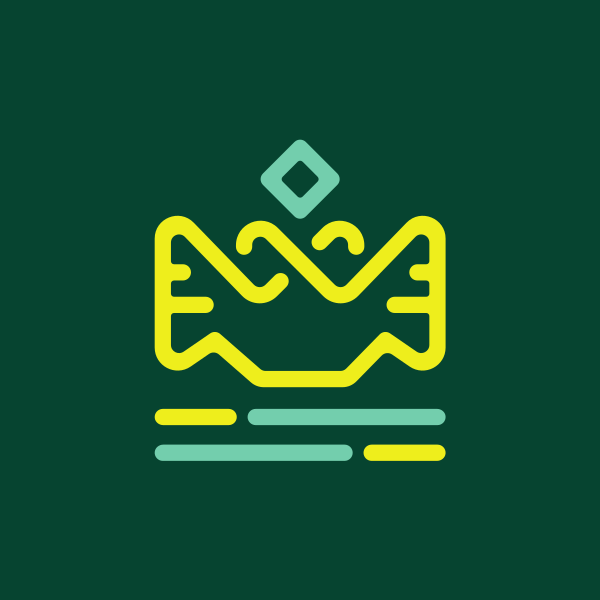
Green & Yellow Lamp Lantern by SimplePixelSL
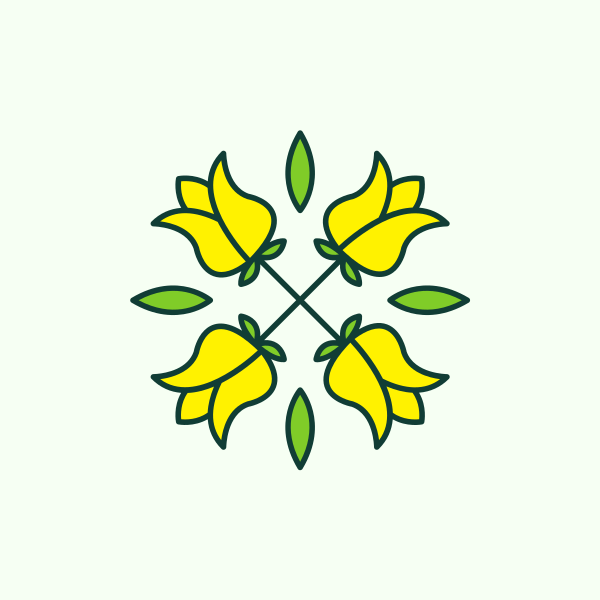
Yellow Flower Bouquet by FishDesigns61025

Yellow Flower Garden by FishDesigns61025
Yellow and Red Logos
Lastly, we have yellow and red logos that show your passion and inspire hunger in your market. A red logo often shows power and love for your product or niche, depending on the context.
You have them on beverage or food logos like Lays and Lipton. Either way, these two are a great way for you to connect with your market on both a physical and emotional level that helps your market.
Check out the yellow and red logos below for your business.


Orange Italian Pizzeria by Mypen
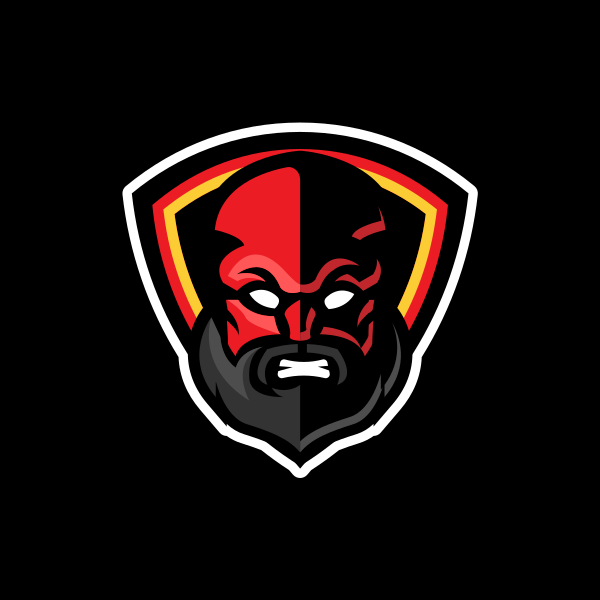

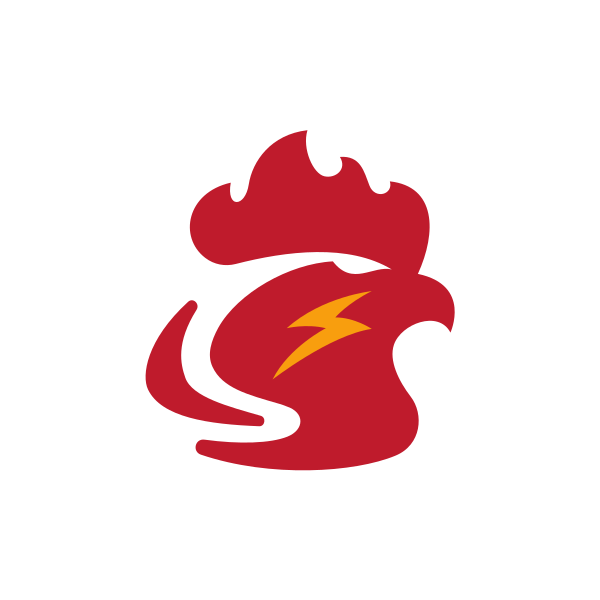
Rooster Head Lightning by town
Use Yellow In Your Brand Design Today!
That concludes our deep dive into the color yellow. From its history to logo ideas, we’ve got you covered right here.
Just remember that yellow is one of those colors you use sparingly in design since it’s quite heavy on the eyes. If you need more help with other parts of your brand identity, like Facebook Ads, Etsy Banners, Email Signatures, and more, we have templates for anything and everything.
Add a dash of joy and happiness to your design with the color yellow today!
